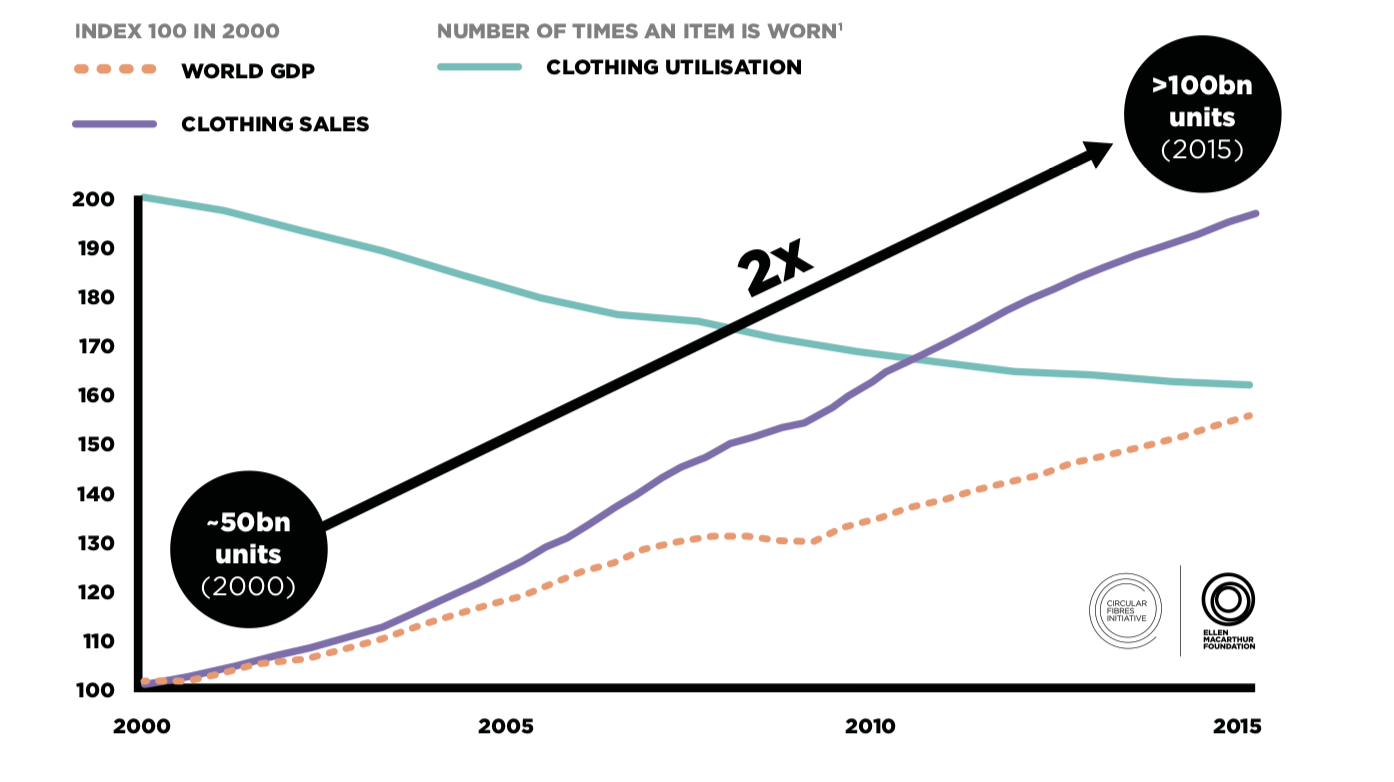It takes 20,000 litres of water to produce one kilogram of cotton. Naturally, this puts significant pressure on the environment’s resources. According to the United Nations, 1.6 billion people live in areas with water scarcity, meaning places with no access to water. On the United Nations Department of Economic and Social Affairs, it says, “water scarcity is among the main problems to be faced by many societies and the World in the XXIst century.”
According to Sustain Your Style, an initiative to inform fashion consumers about the current issues in the industry, 200,000 tons of dye are lost to effluents every year. Effluent is the liquid waste that is discarded into seas and rivers, this affects the wildlife that lives there. Furthermore, 20 per cent of industrial water pollution comes from textile treatments and dying.
Every time we wash a synthetic garment 1,900 individual microfibres end up in our oceans which are then ingested by fish and we later consume. Many fish die because they have consumed a lot of microfibres that they are unable to digest.
Non-degradable clothing, which is usually made of synthetics, take up to 200 years to decompose and an average western family disposes 30 kilograms of clothing to landfills every year. The fashion industry produces 10 per cent of the world’s global carbon emissions. This is due to the production, manufacturing, and transportation of garments that are created in the millions and sold every year.
Fashion has a major impact on the environment. According to Sustain Your Style, the fashion industry is the second largest polluter in the world. Fashion production and consumption puts a strain on the environment. These strains include water pollution, water consumption, microfibres in our oceans, waste accumulation, chemicals, greenhouse gas emissions, soil degradation, and rainforest deconstruction.







